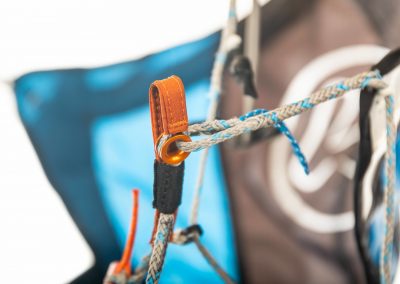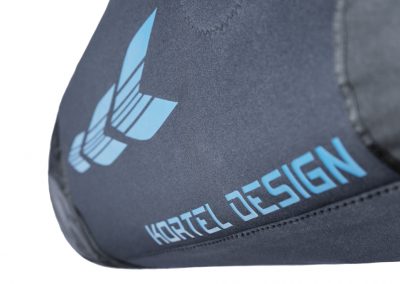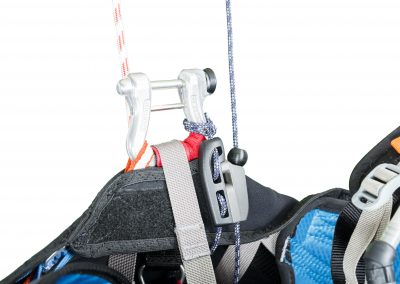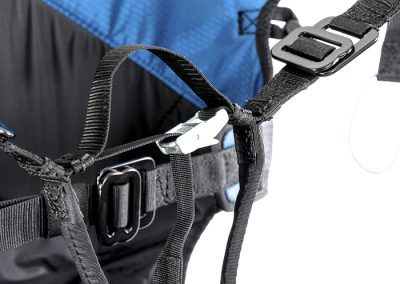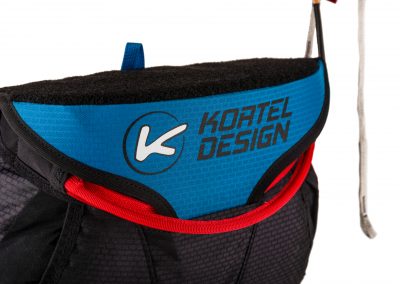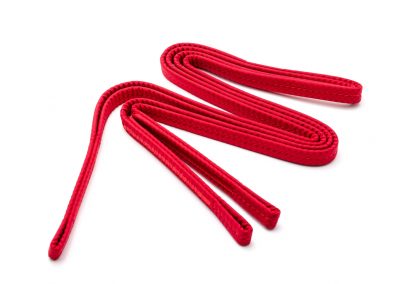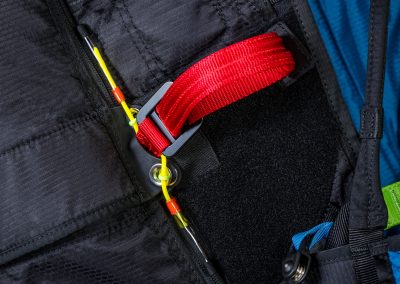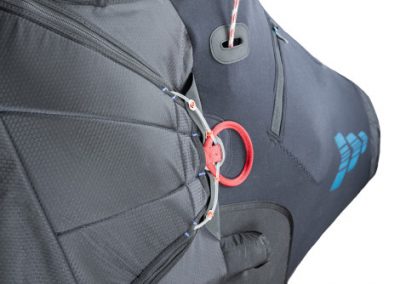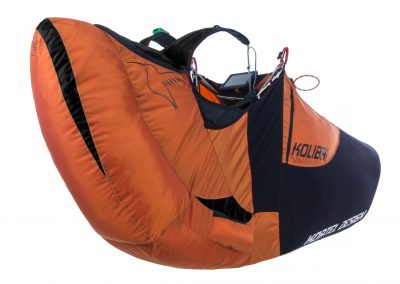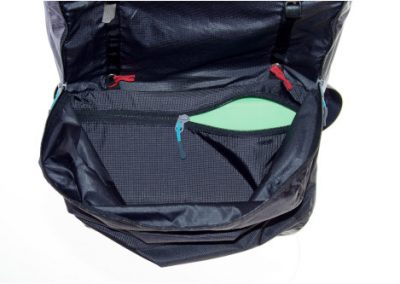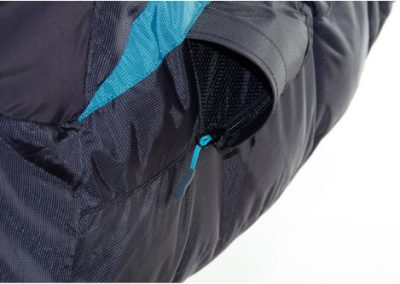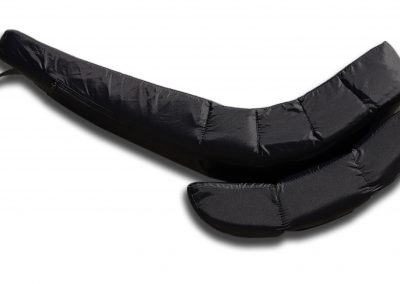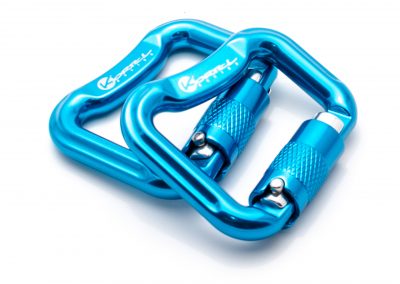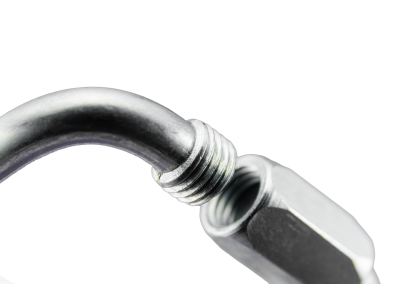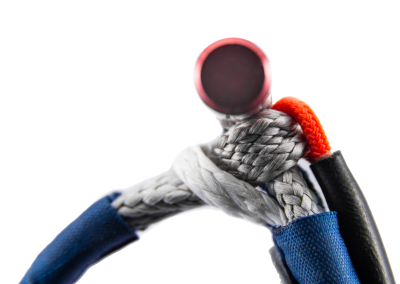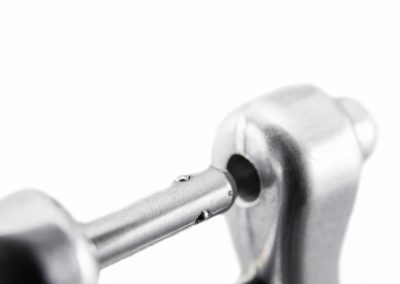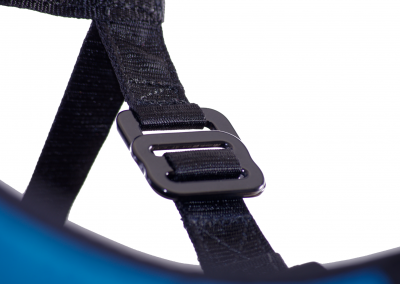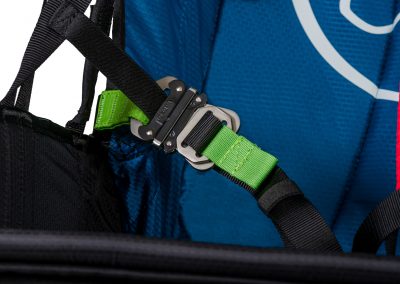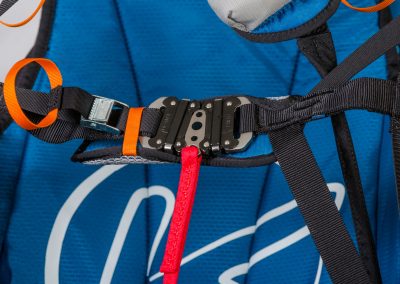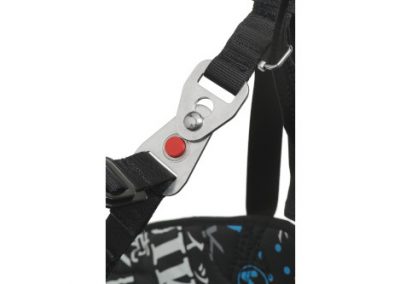![DSC06566[1]](https://www.korteldesign.com/wp-content/uploads/2020/04/DSC065661.jpg)
In addition to the pre-flight, about the harness ...
Man has always dreamed of flying, and to evolve among the birds. Yes, but of course he is not destined to evolve in the air!
For centuries, however, he has sought every means to do so. And he has succeeded, with the help of various and varied aircraft, which today allow him to fly freely across the sky.
However, although access to this environment has become relatively simple today, it is not without risks.
As already mentioned in the article on forgetting to attach a paraglideraccidents happen every year due to mistakes made just before take-off.
Lack of knowledge, lack of training, dizziness, unconsciousness, ... It is difficult to know precisely the reasons that give rise to these errors.
In any aeronautical activity (such as paragliding), there are pre-take-off procedures to establish whether all the conditions are in place to get into the air in the safest possible conditions. In the industry, this procedure is called "Pre-flight".
This article is not going to go back to the pre-flight done just before take-off, since it is one of the fundamentals taught in free flying schools, and every pilot must know for his own safety and that of others.
We won't mention the existing material solutions either, which you can find in the article dedicated to forgetting to attach a paraglider.
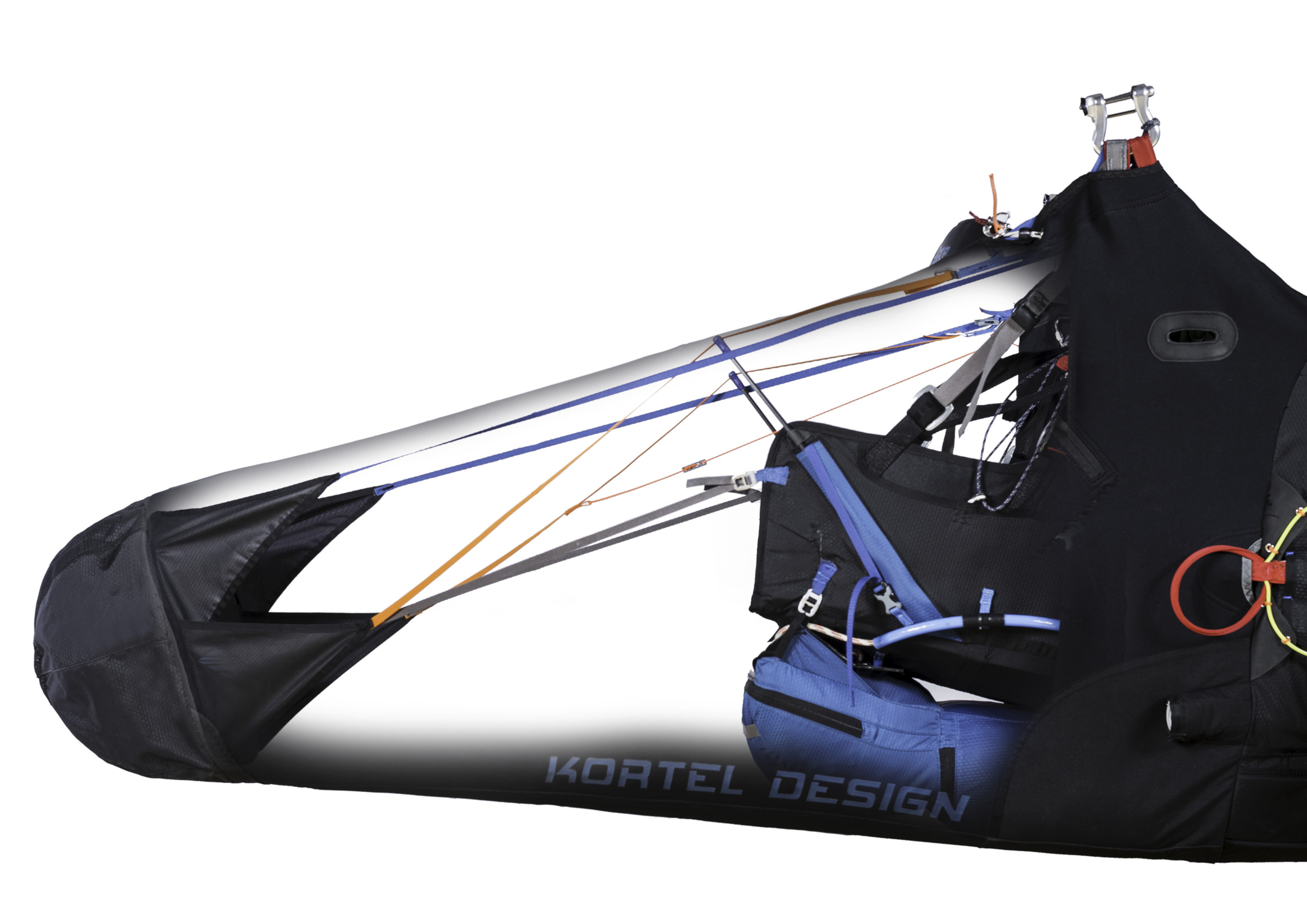
Here we are going to discuss all the hot spots in a harness, which it is good to check regularly or after an incident. For example, you can take advantage of a waiting time at the landing to take the shuttle, a flight end where there is no hurry to return home, a rainy Sunday at home, ...
Here is a list of points to inspect, which you should adapt to your harness model and its particularities.
Some may seem obvious and unnecessary to you, but it may be that:
- You lent your harness
- You're trying a harness that isn't yours.
- You would get it back after repair/knowledge
- ...
Fifth wheel:
- General condition of the harness
- Condition of the straps, Dyneema lines - Traces of wear, cuts, premature ageing (colour, appearance)
- Are my settings right? Perhaps you have lent your harness to a friend to try?
- Is the speed bar set correctly? If the speed bar is too short, the glider may accelerate steadily from takeoff.
- Condition of the gas pedal lines. Lines in poor condition can get caught in the pulleys, and lock the sail in the accelerated position even if the lengths are sufficient.
Rescue parachute:
- Is my reserve parachute installed?
- Is the handle well connected to the container, and on the right hooking point (central/lateral: see manufacturer's recommendations)? A bad positioning of the handle can hinder the opening of the container, if the strap comes under tension before the extraction of the needles.
- Are the rescue risers properly connected to the parachute? How (live/with a link)? When using a direct connection, the lark's head should be tight. If there is a link, check its condition and that it is well locked.
- Is the container securely locked in accordance with the harness manufacturer's instructions?
- Is the handle securely fixed in position in its housing? Be careful with the velcro, which can become difficult to undo over time. Don't hesitate to remove them and put them back on regularly.
- Is the rescue riser guide correctly mounted? Be careful with the velcro, which can become difficult to undo over time. Don't hesitate to remove them and put them back on regularly.
- Are the elevators in good condition? No traces of premature wear, intact sheath, ... ?
- Are the rescue risers properly attached to the harness? How (live/with a link)? When using a live harness, the lark's head should be tight. If there is a link, check its condition and that it is locked.
Back protection:
Airbag :
- In what condition is the fabric of my airbag? Pay special attention to the reversible equipment, where you should also check the condition of the fabric on the bag part, because it is the same!
- Are the air intakes in good condition to scoop properly?
- Are all the zips closed and locked (pocket, ...)?
Foam bag :
- What's the condition of my mousse-bag? State of the fabric, holes, tears, ... ?
- Are the foams well positioned in the harness?
- Are the foams in full shape? Storing the harness in the bag can compress the foam, preventing it from regaining its shape quickly. Avoid leaving the harness compressed for too long in the bag, during a long period without flying.
Sail Connectors:
General:
- Are the connectors adapted in shape and size to the harness straps?
- Are the connectors correctly positioned in the different straps of the harness? Buckles with red protective sheath at Kortel Design.
Automatic carabiners :
- Traces of wear and tear? Shocks, corrosion, dirt, ... ?
- Is the mechanism working well? Finger opening, locking, smooth movement, ... ?
Quick links:
- Condition of the links ? deformation, oxidation ?
- Does the ferrule operate smoothly? Deformation of the link can cause the ferrule to become misaligned and malfunction.
- Is the ferrule tightened correctly and completely? According to the manufacturer's recommendation.
Flexible connectors :
- Traces of wear and tear? Fraying, condition of the protective sheath, burns?
- Is the assembly of the flexible connectors complete and correctly done? As recommended by the manufacturer.
Attachment system in the harness :
- Are the buckles in good condition?
- Do the buckles close properly? In addition to the "click" of the lock, it is interesting to test each buckle individually by pulling on it to check if the lock is effective.
When I put on my harness:
- I check each loop closure individually.
It is essential to be able to take a little time regularly to carry out these checks as serenely as possible. As for a pre-flight on take-off, it is important to avoid being disturbed (discussion, telephone, etc...) to carry out this check methodically and serenely, in order to forget or neglect anything.
Take care of yourself, and enjoy your flights!
Personally, after seeing a pilot die for forgetting to fasten his thigh straps, I choose harnesses where they are sewn, or I sew them: my way of radically eliminating this danger! There are enough others to deal with. On the lightweight harnesses I use this does not cause too much discomfort in the fitting, even on skis.
Tip for young pilots: make a final checklist as simple as possible, to make sure you don't forget it, with only vital points to check and go through it again just before the final wind and airspace check, before take-off. Repeat it if the take-off has to be delayed by a few minutes or for any other hitch.
My final checklist includes the following vital points:
I'm going from the inside out...
- What I'm hanging on to
- Thigh + lap straps (even if they are sewn because I don't want to lose the habit of checking them in case of occasional use of another harness)
- What hooks the harness to the sail and the rescue
- Rescue: checking the pins in their location.
- Condition of the links, mechanical verification of their closure.
- Elevators:
- The A's upwards that are well up to the leading edge.
- Accelerator grip
- Brakes freely movable towards their respective pulleys
- Lines properly aligned, not hooked to the ground
- Sailing

